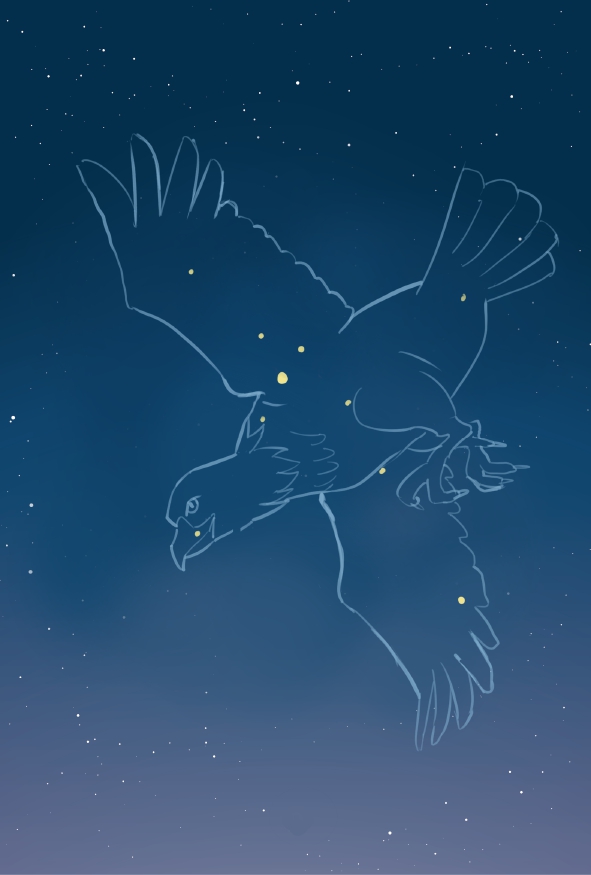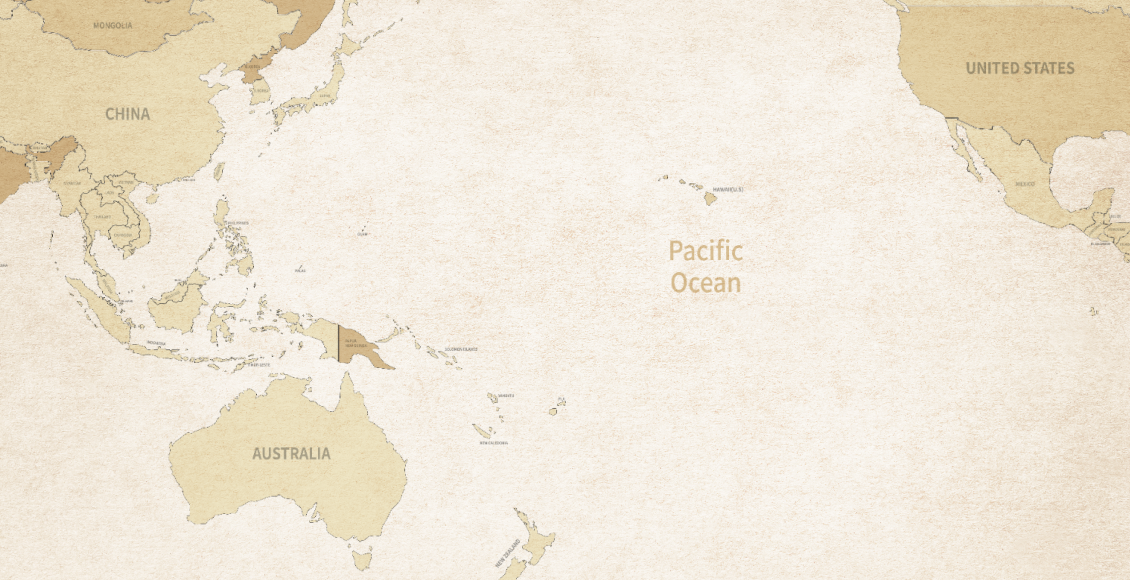
About Aquila
- alphabetAquila/Eagle
- Katakana, OnyomiAquila
Aquila was created by Claudius Ptolemy and has an area of 652 square degrees and 116 stars visible to the naked eye.
It is one of the 48 Claudius Ptolemy constellation and is also known in Mesopotamia as Aquila.
There is a theory that it is the form of the great god Zeus who transformed into an eagle to kidnap the young Trojan boy Ganymede. Zeus was also carried by an eagle several times during his childhood, and the eagle is also considered to be Zeus' symbol. Although a young boy is depicted in constellation painting of Aquila, it was originally a different constellation called Antinous. It is said that the 2nd century Roman emperor Hadrian made it into constellation after the young Antinous, who was his lover, drowned.
[Source of the story]
Encyclopedia of the Cultural History of Stars, Hakusuisha Publishing (December 2019)
Encyclopedia of constellation, Kawade Shobo Shinsha (February 2011)
 The Story of Aquila
The Story of Aquila
Even the same constellation is viewed and has different anecdotes depending on the era.
We will introduce stories about Aquila in each era and region.

















